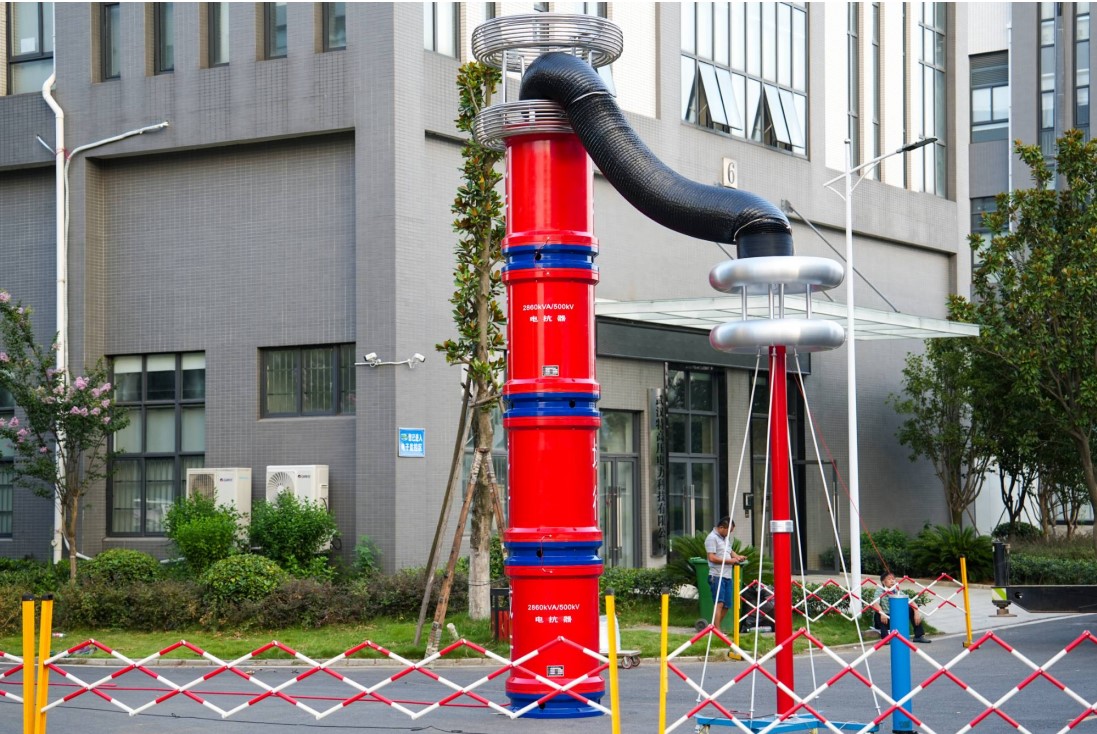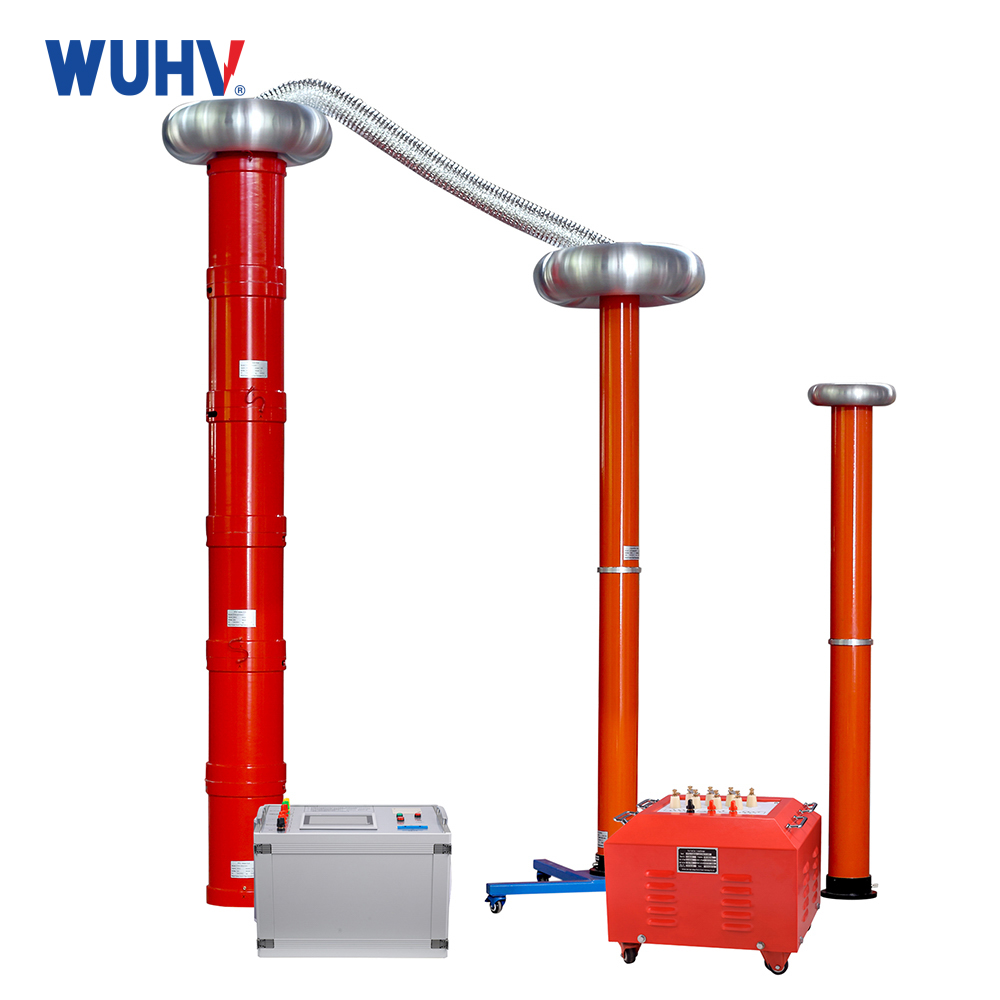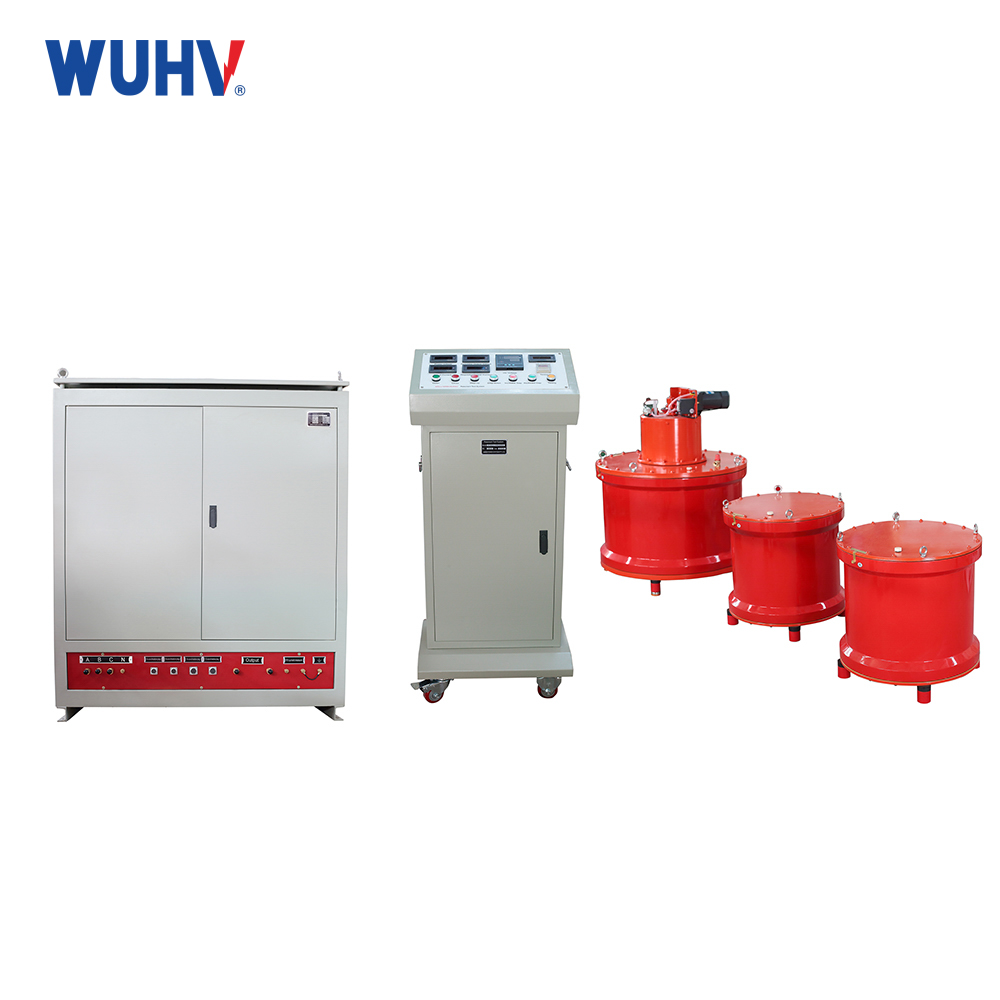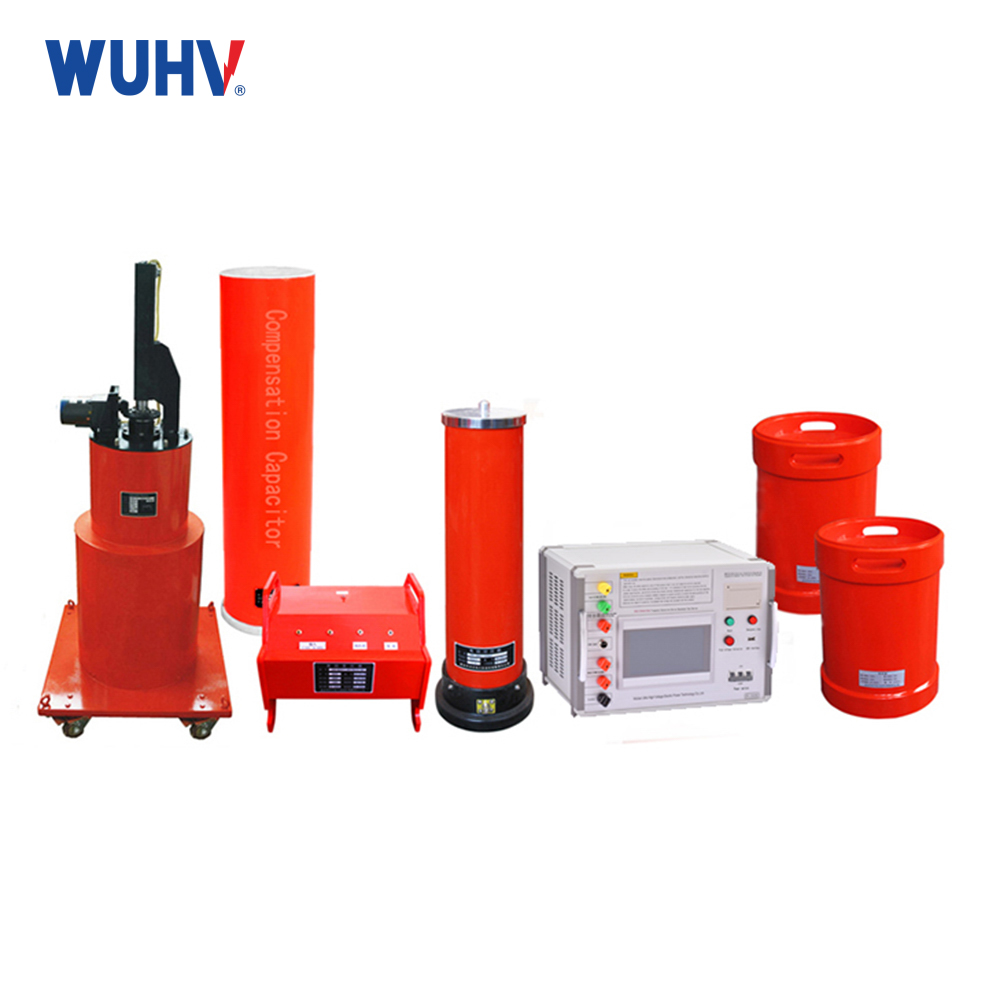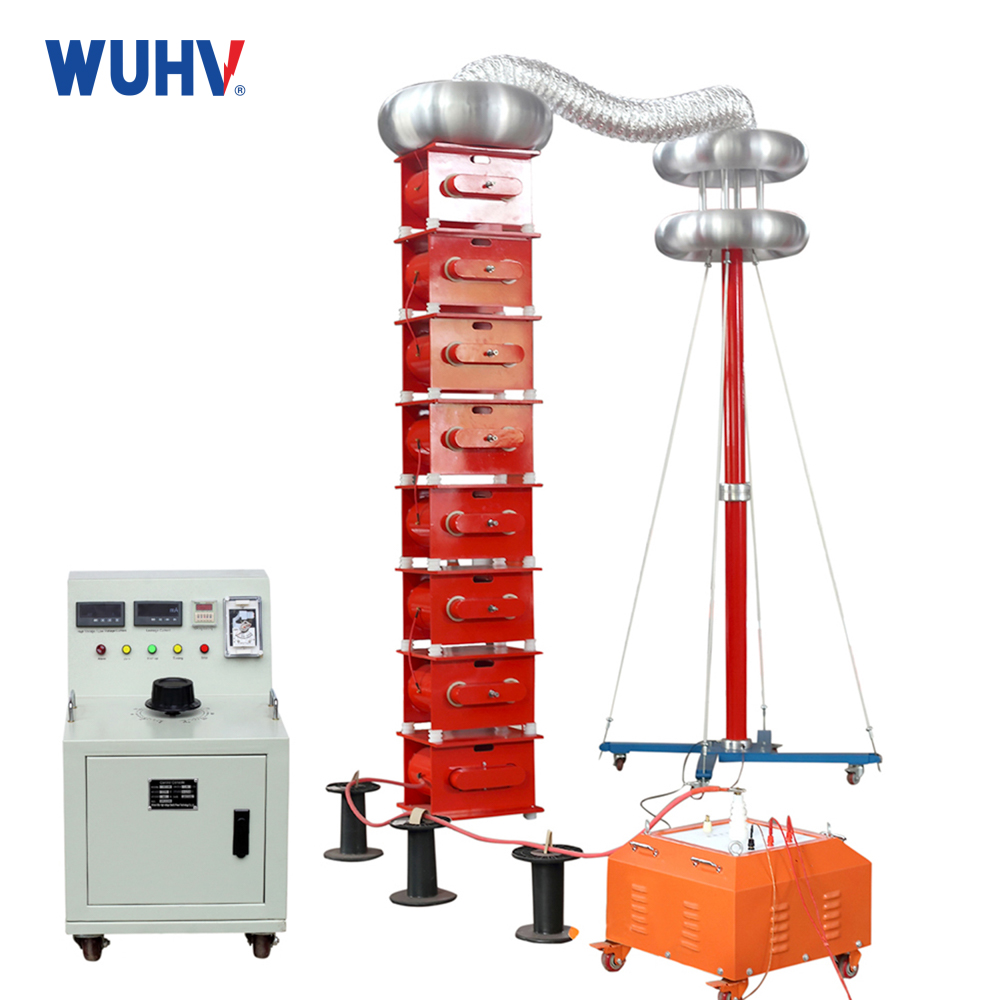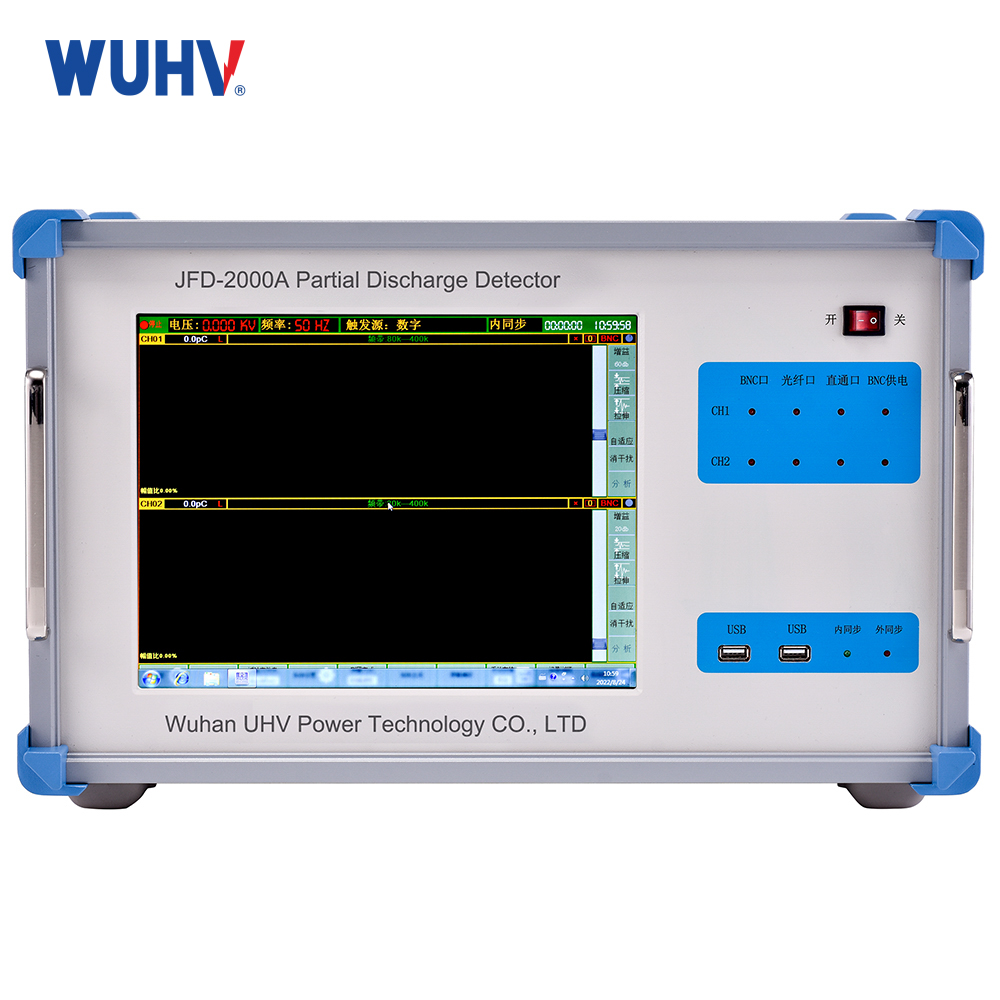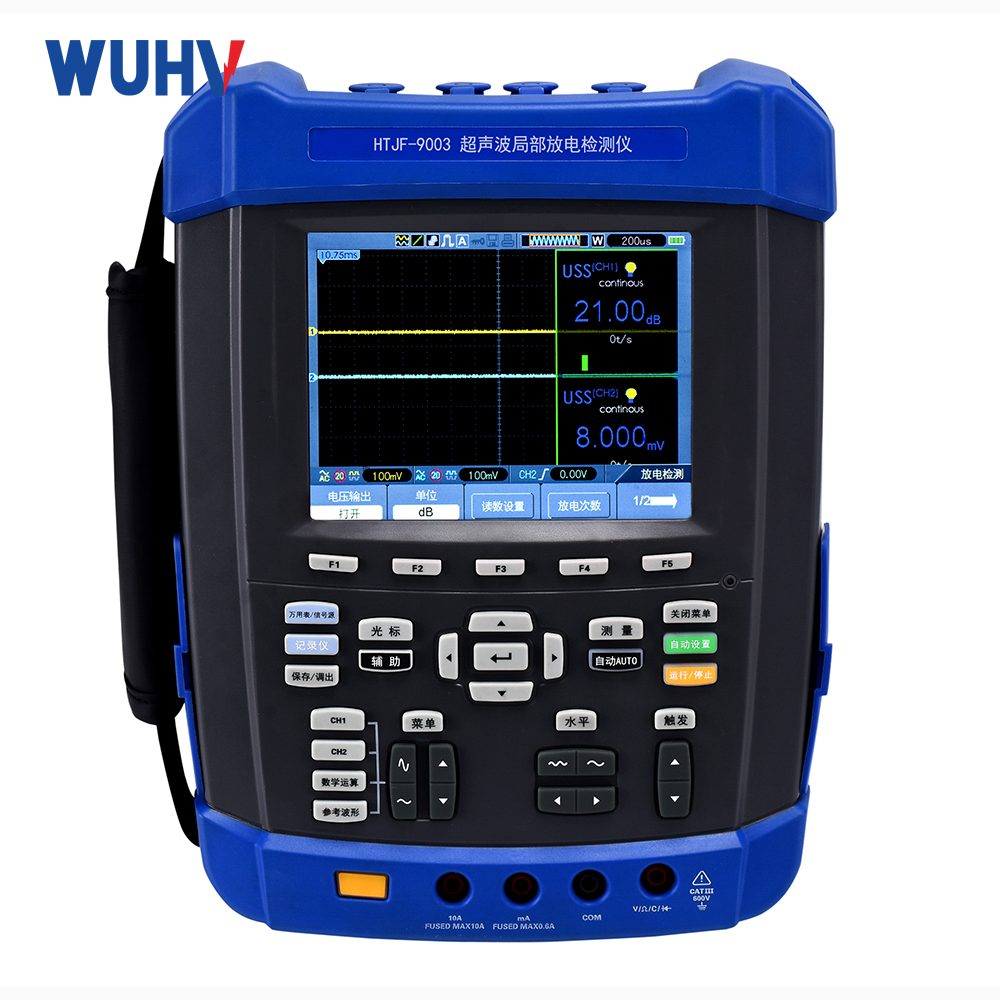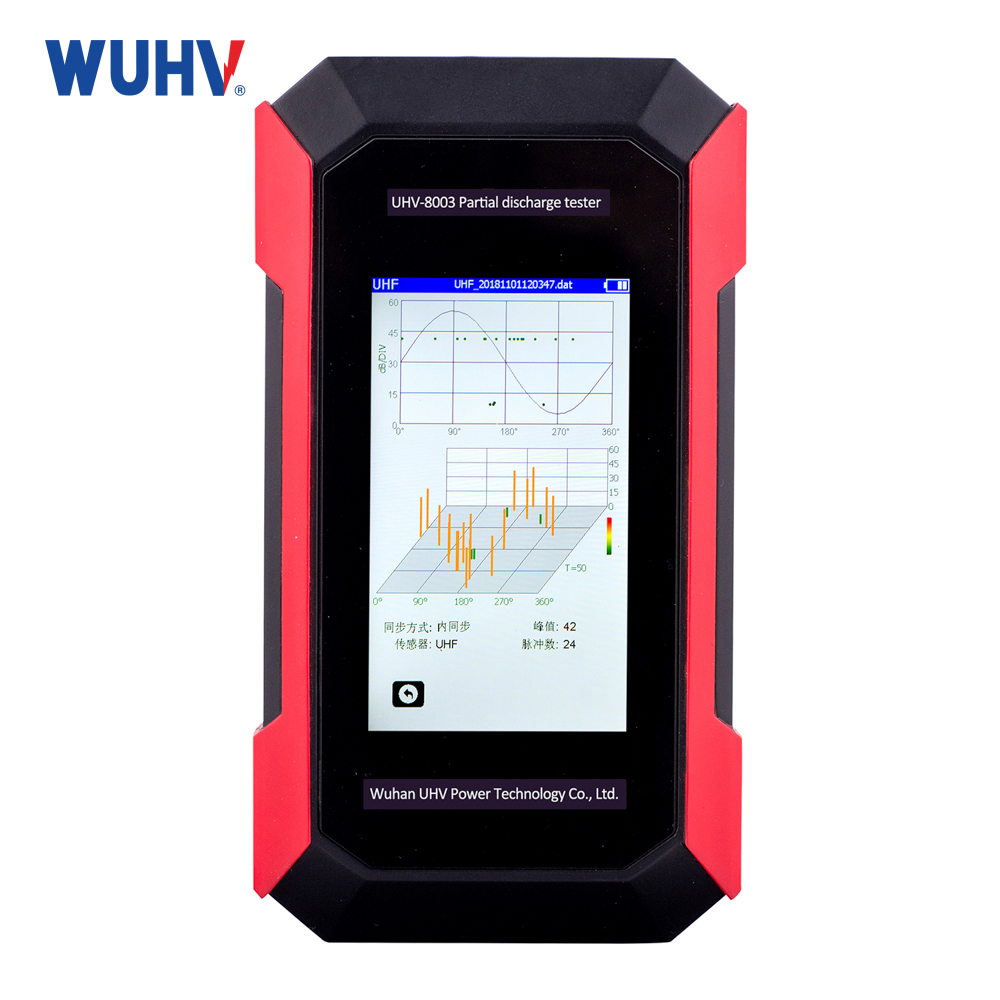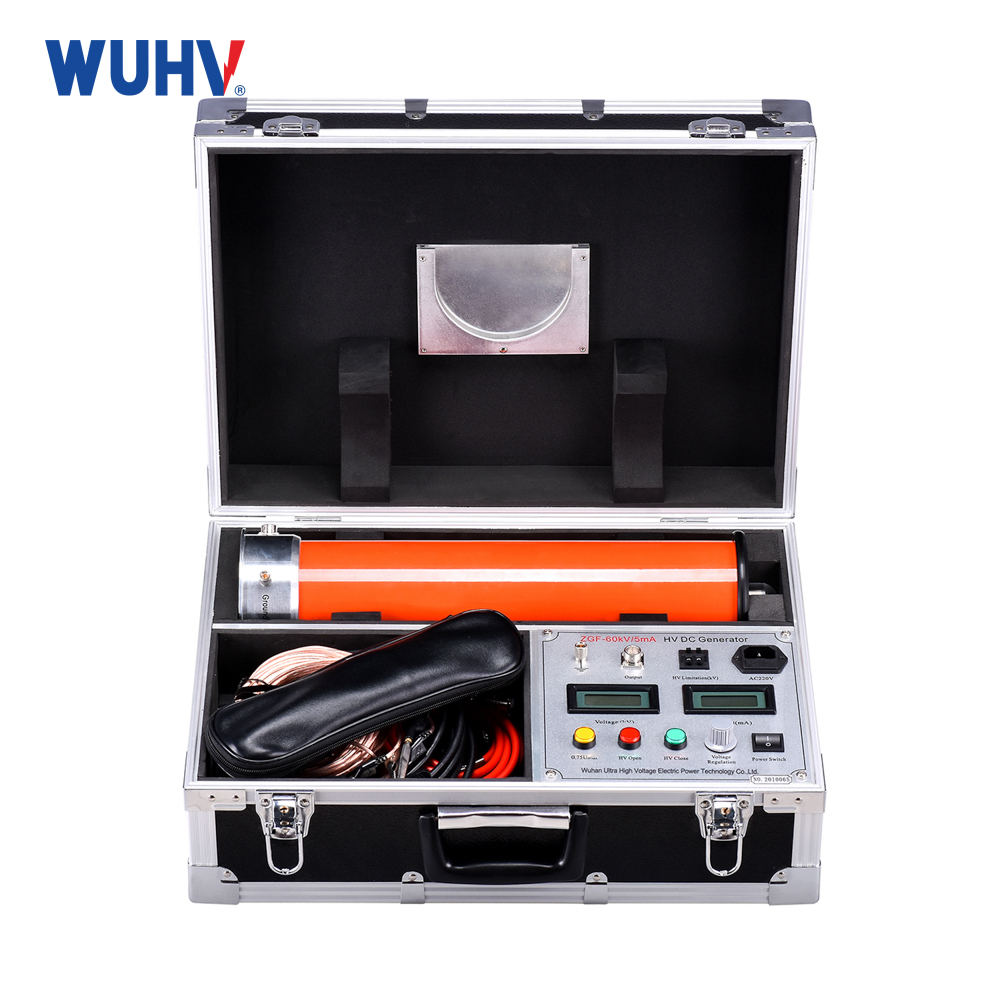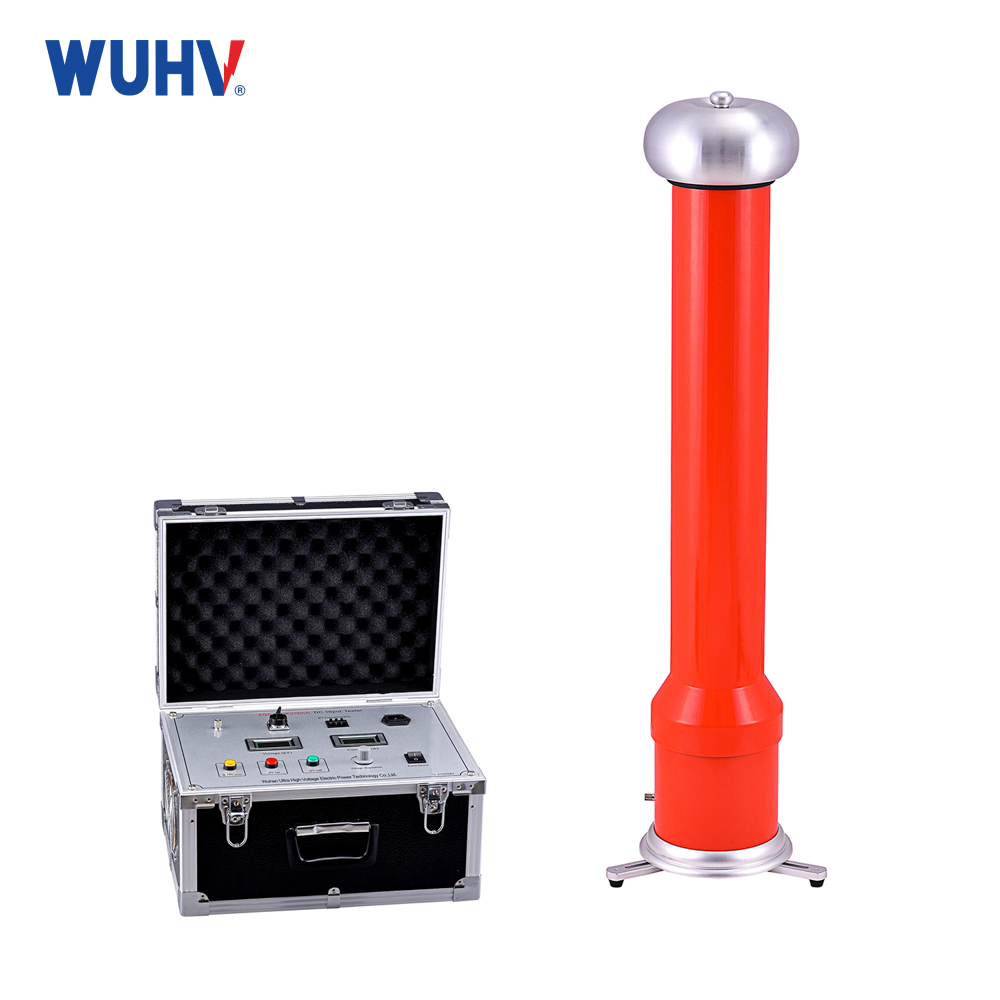Wuhan UHV specializes in producingseries resonance (also known as series resonance withstand voltage equipment). Next, we will share with you the difference between parallel resonance and series resonance.
Characteristics of parallel resonance andseries resonance
Parallel resonance refers to the phenomenon in which the resistance, capacitance, and inductance in a parallel resonance circuit have the same phase as the circuit terminal voltage and total current. We call it a parallel resonance circuit. In the parallel resonance test, when the voltage remains constant and the current is added, the corresponding parallel resonance is series resonance. The characteristic of series resonance is to form a series connection between the capacitance of the test object and the reactor to generate resonance. The electrical characteristic of voltage addition and current remains constant is called series resonance, which can also be called a series circuit.
Composition of parallel resonance andseries resonance
Parallel resonance and series resonance, collectively known as resonance testing, are composed of a variable frequency power supply, excitation transformer, high-voltage reactor, and capacitive voltage divider.
Variable frequency power supply: It is a test component that converts a 220V/380V, 50HZ power supply into a frequency adjustable, voltage continuously adjustable, and integrates operation, protection, control, and monitoring functions.
Excitation transformer: boosts the voltage output from the variable frequency power supply while isolating high and low voltage.
High voltage reactor: resonance condition with capacitive test sample.
Voltage divider: measures the high and low voltage values on the regulator, while compensating for the capacitance.
Scope of application
Resonance testing is widely used in industries such as power, metallurgy, petroleum, chemical, railway, and power generation. It is suitable for the handover and preventive testing of high-capacity, high-voltage capacitive specimens, such as power cables, GIS switches, transformers, etc.
1. AC voltage withstand test of 6kV-500kV high-voltage cross-linked cables;
2. AC voltage withstand test of generator;
3. AC withstand voltage test for GIS and SF6 switches;
4. Power frequency withstand voltage test for 6kV-500kV transformers;


